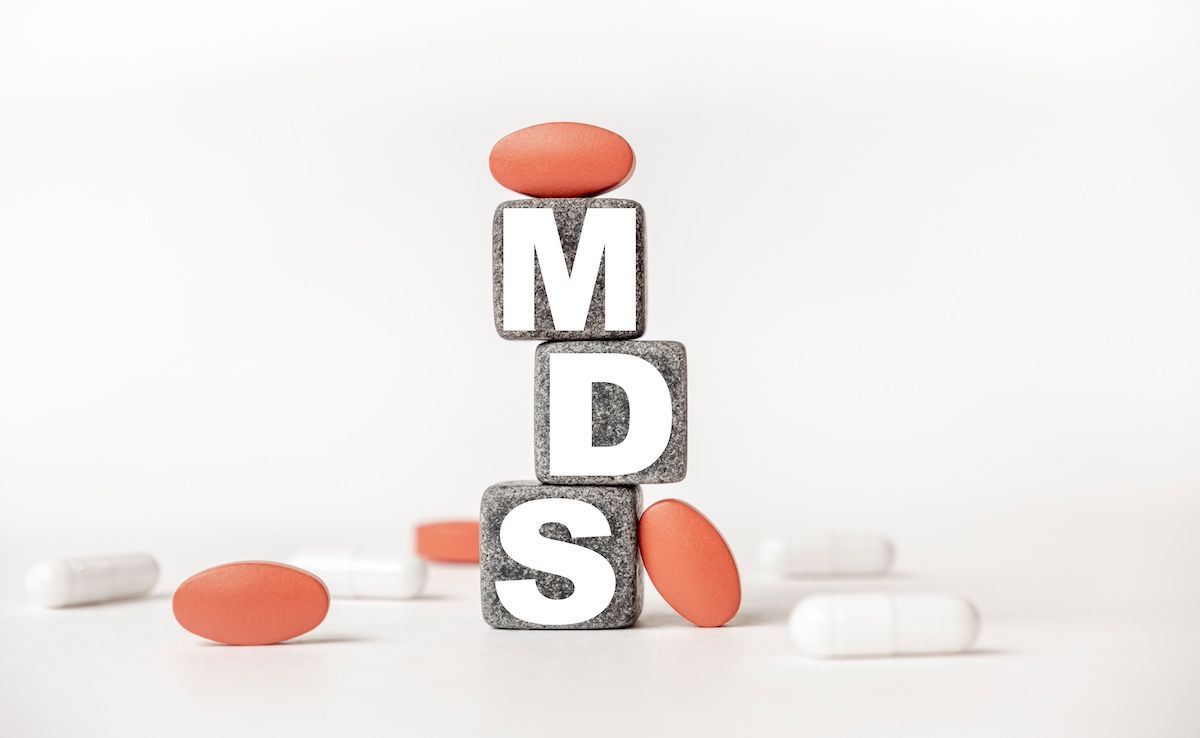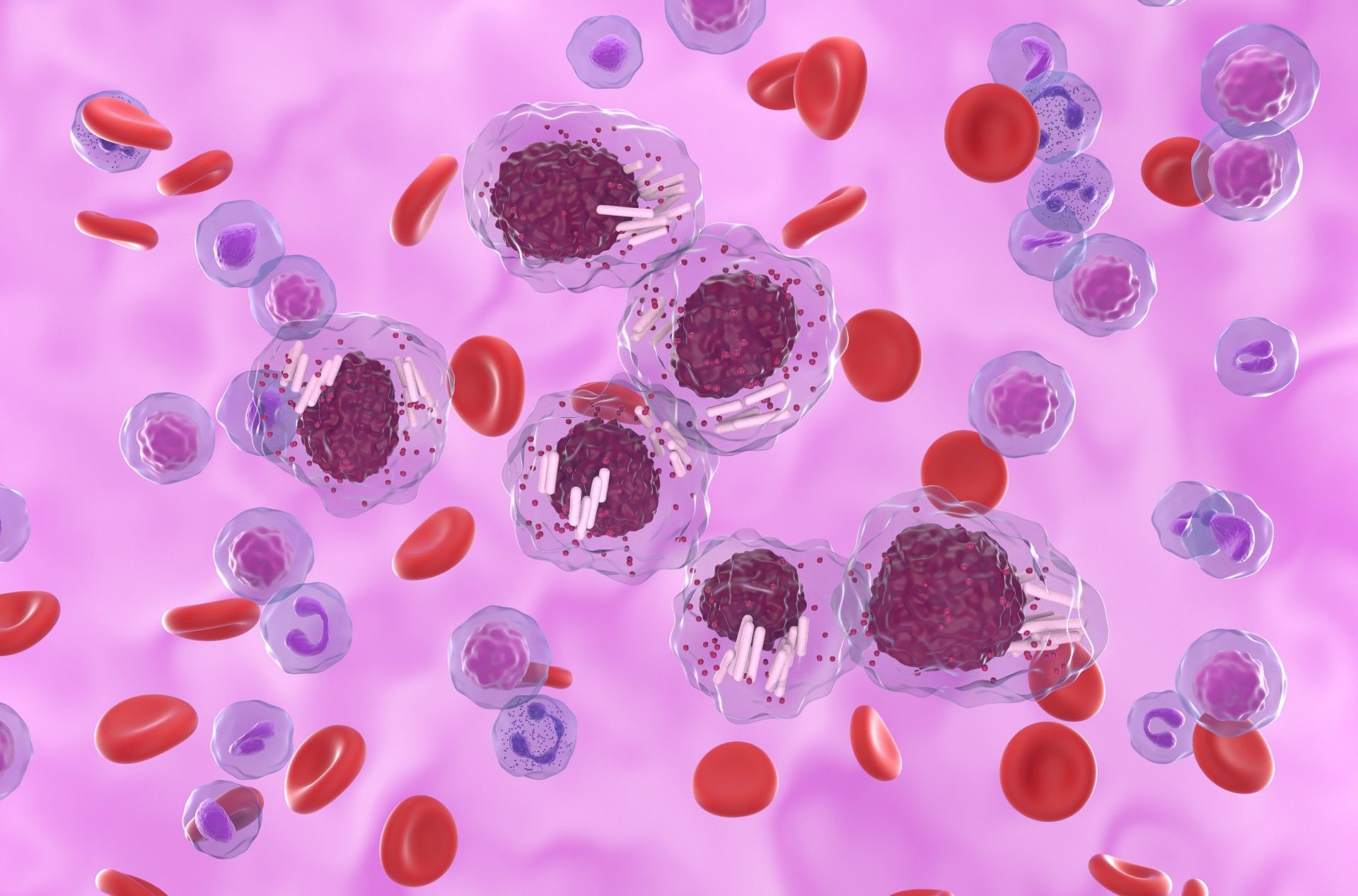Article
Challenges of Adherence to Asthma Medications Explored
Taking care of asthma patients costs the nation $56 billion a year, and included in that total are the costs of the many sufferers who do not properly follow their prescriptions.
Taking care of asthma patients costs the nation $56 billion a year, and included in that total are the costs of the many sufferers who do not properly follow their prescriptions.
Results presented in Sunday’s oral abstract session on adherence in asthma medications had some of the same familiar, discouraging news: Those who fail to take their medication properly are disproportionately poor, young, and African American. Teenagers present a special challenge.
But if there’s progress to be made, Sunday’s presenters offered possibilities. First, education works. Second, most nonadherence is not intentional, and thus can be addressed. Finally, broader use of both electronic health records (EHR) and technology that gives patients reminders offer promise, both in identifying points of failure and changing the result.
Kara Wada, MD, of Nationwide Children’s Hospital in Columbus, Ohio, discussed results from tracking asthma medication adherence at all points of care in her system, which is embracing accountable care measurement under the Affordable Care Act. Not surprisingly, when a child with asthma had a visit within an urgent care or emergency department (ED) setting, there was less likely to be information about adherence.
Data showed that 62% of all EHR encounters had at least 1 controller medication prescribed during the visit. Of the 676 encounters, documentation was seen in 78% of cases; however, urgent care (36%) and the ED (58%) had less documentation, compared with primary care (91%), specialty care (87%), and inpatient (92%). Dr Wada concluded that using an electronic template in all settings to record information, which would prompt providers to ask about adherence, could allow providers to address how well children are doing with their medications.1
Bradley Locke, DO, of the Medical College of Wisconsin in Milwaukee, presented results from an effort to identify and counsel patients at high risk for poor adherence. Patients’ scores from the Asthma Control Test (ACT) were compared at the start of the initiative and at the end. There was no statistical difference in the scores between those who never showed for a second visit and the rest of the participants at the beginning. But when patients’ ACT scores were compared from the first visit to the last, the group showed improvement. More patients changed from uncontrolled (ACT <20) to controlled (ACT >19), compared to vice-versa (P <.02).2
Joyce Xiang Wu Lee, MD, of Los Angeles, California, presented results from a study that used the Medical Adherence Report Scale for Asthma (MARS-A). This 10-item, self-reported measure of adherence to inhaled corticosteroids allows researchers to tease out unintentional nonadherence due to other reasons, such as cost. There were 115 adult patients between the ages of 46 and 77, and 159 pediatric patients between the ages of 4 and 11 who completed the study.3 MARS-A surveys from the adults (283 surveys) and the children (254 surveys) were collected. An analysis of the data showed that the question targeting unintentional nonadherence had statistically lower scores than all but 1 question each on both surveys; those questions differed.
To offer a solution, David R. Stukus, MD, also of Nationwide Children’s Hospital, presented results of his work to create an iPhone app that would help a group especially at risk for nonadherence for asthma medication—teenagers. A personalized iOS smartphone application (AsthmaCare) was created using XCode, a product of Apple Inc. A 30-day pilot with 21 patients aged 9 to 16 found that asthma trigger avoidance skills improved by 42% and were implemented by 100%. The participants reported overwhelmingly (95%) that they preferred smartphone applications to all other attempts at education and monitoring of their asthma medication adherence.4
References
- Wada KJ, Stukus DR. Adherence documentation during asthma encounters at a pediatric tertiary care referral center. J Allergy Clin Immunol. 2014;133(2):1A-4A (suppl); Abstract 541.
- Locke BA, Simpson P, Bromberger T, et al. High-risk asthma multidisciplinary care clinic adherence linked to asthma control test (ACT) score improvement. J Allergy Clin Immunol. 2014;133(2):1A-4A (suppl); Abstract 542.
- Lee JXW, Wojtczak H, Wachter AM, et al. Understanding asthma medical nonadherence in adult and pediatric populations. J Allergy Clin Immunol. 2014;133(2):1A-4A (suppl); Abstract 543.
- Stukus DR, Phillips G, Farooqui N. Improved education and self-management in children and adolescents with asthma using a personalized smartphone application. J Allergy Clin Immunol 2014;133(2):1A-4A (suppl); Abstract 544.





